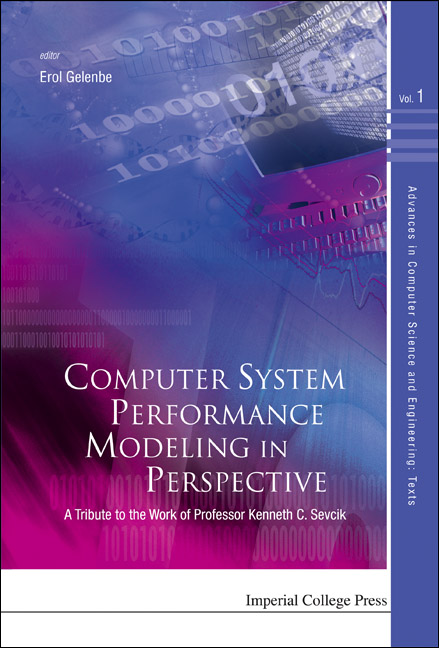Wireless Network Simulation: Towards a Systematic Approach
Network simulation is a widely used tool in wireless network research. However, this widespread use of simulation has also resulted in the creation of new problems. In this study, we consider two of these problems and investigate their impact on the study of network behavior.
The first problem arises due to the large number of parameters typically found in a simulation model. Simulation models abound in the wireless domain and the parameters vary from model to model. Moreover, there is no consensus on values for these parameters across models, even on common parameters. This makes the task of analyzing simulation results complex. We propose a framework to address this issue. Our framework is based on reducing the large parameter space into a smaller set of a few, essential parameters. We also propose a new metric, steady state utilization, to capture the inherent capacity of a network and show how this can be used in the comparison of results across models.
The second problem arises due to the assumption of homogeneity in various aspects of modeling and simulation. Homogeneity is often resorted to in order to simplify the task of implementing a simulation and interpreting the subsequent results. We show that this can often hide subtle details that affect the network performance and can result in erroneous interpretations if the analysis of results is not done properly.



